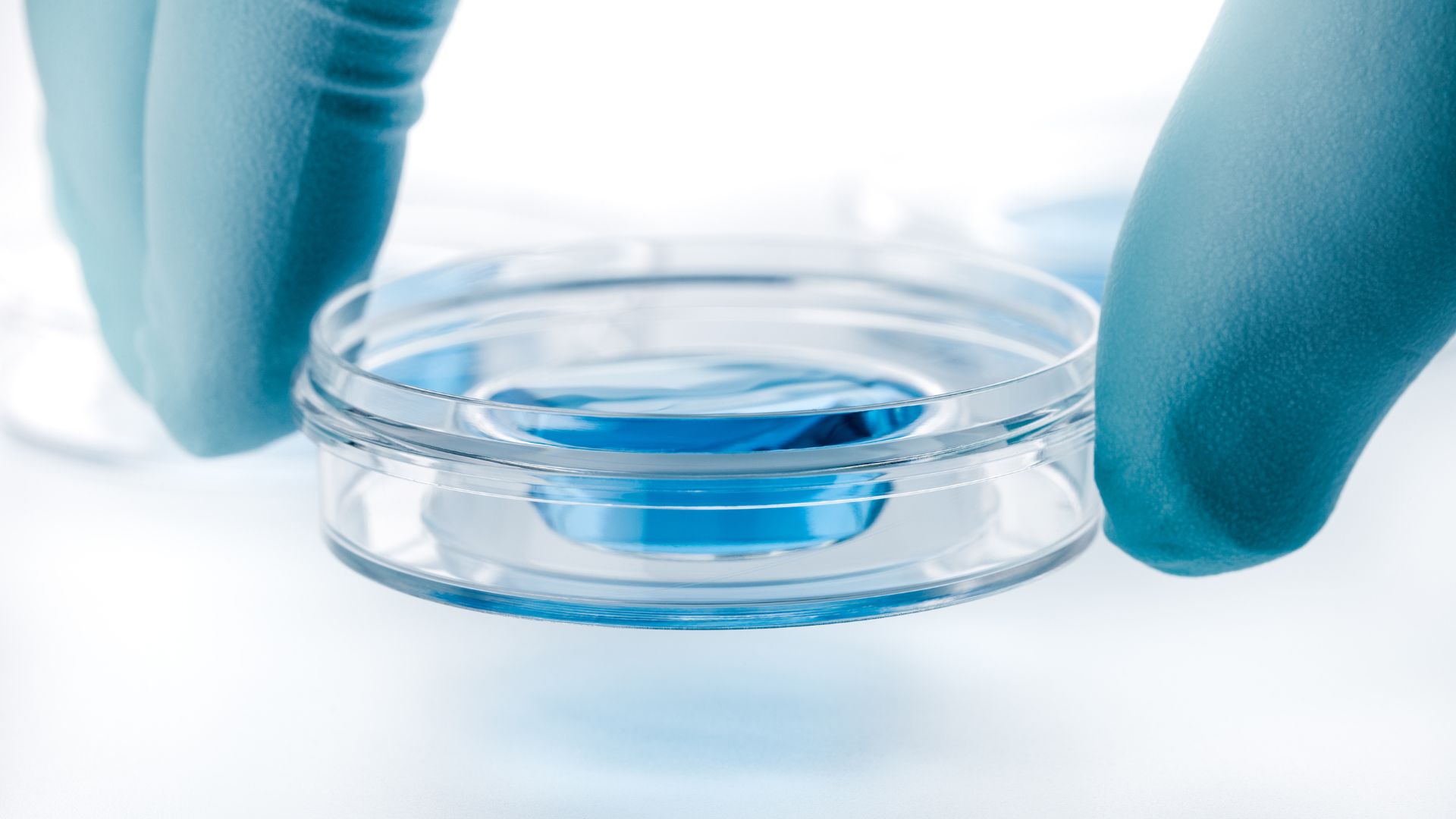18/10/2024
On October 8, 2024, the Medical Device Coordination Group (MDCG) of the European Commission published the MDCG 2024-11 – Guidance on qualification of in vitro diagnostic Medical Devices.
This document aims to clarify which products fall within the scope of the IVDR Regulation (EU) 2017/746 on in vitro diagnostic Medical Devices (IVDs), i.e., how a product can qualify as an IVD device or an accessory of an IVD. As the guidance itself states, “to qualify as an IVD or an accessory to an IVD, the product must meet the definition in Article 2(2) or Article 2(4) of the IVDR, respectively. Qualification depends on the intended purpose of the manufacturer”.
The guidance document replaces and largely incorporates previous MEDDEV guidelines, including in particular MEDDEV 2.14/1, Rev. 2 of 2012, which was crucial for the qualification of IVDs under Directive 98/79/EC. The new MDCG guide is now available concerning the IVDR Regulation and has mostly the same content as MEDDEV with some modifications.
MDCG 2024-11 not only updates the contents of the previous guidelines but also includes new sections to reflect developments in the industry and the inclusion of new technologies. More specifically:
- Section 2.8 on software associated with IVDs. According to MDCG guideline 2024-11, the software may qualify as an IVD if it is used to provide information derived from a diagnostic test on biological samples (e.g., blood, urine, tissue), analyses or interprets data obtained from an IVD device, is used to support clinical decisions about a patient’s health (e.g., identification of pathogens, monitoring of biomarkers). The document addresses the criteria for qualifying devices using stand-alone software. It clarifies that software can be considered IVD even if it ‘does not directly analyse human samples’, provided it processes information relevant to diagnosis. This is a new point for regulating increasingly complex and advanced software, such as those based on artificial intelligence or machine learning.
- Section 2.11 clarifies the classification of tests used to control the production of other products, such as medicines. According to this section, tests used to monitor the production processes of products other than IVDs, such as drugs or chemicals, shall not to be considered in vitro diagnostic Medical Devices (IVDs). This section removes ambiguities regarding the qualification of tests used in production processes. Not all diagnostic tests related to the production of medical products are considered IVDs; only those that meet the definition of an IVD, as stated in the IVDR, can be classified as such. Therefore, manufacturers should be aware that tests used exclusively for quality control in production processes do not need to comply with the IVDR (EU) 2017/746.
In addition, some obsolete sections in the guidance have been removed, such as the comparison between general-purpose PCR (Polymerase Chain Reaction) devices and IVDs. This reflects the evolution of regulatory practices and technologies in the years since the introduction of the IVDR.
In addition, practical examples have been updated and some specific cases introduced, improving the relevance of the guidelines to the current state of technology.
In summary, MDCG 2024-11 modernises and expands the content of MEDDEV 2.14/1 to bring it into line with the new regulatory framework, incorporating new technologies and clarifying relevant product categories, such as software as IVD.
These new guidelines aim to provide greater clarity for manufacturers in the IVD qualification process and facilitate a smoother transition to the requirements of the IVDR Regulation (EU) 2017/746.
>>> With its strategic-regulatory consulting services, Thema accompanies you at every stage of the marketing of in vitro diagnostic Medical Devices, from product qualification to post-market management, in compliance with the requirements of the IVDR (EU) 2017/746.
SOURCE:
MDCG 2024-11—Guidance on qualification of in vitro diagnostic Medical Devices




